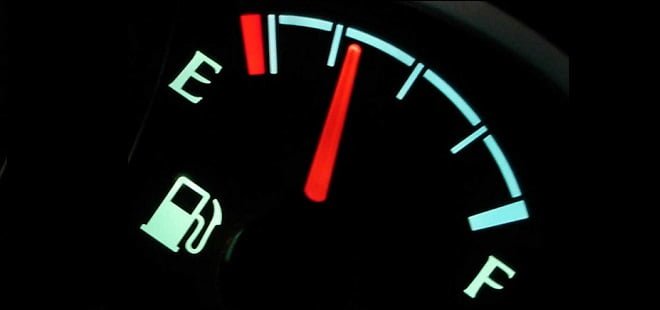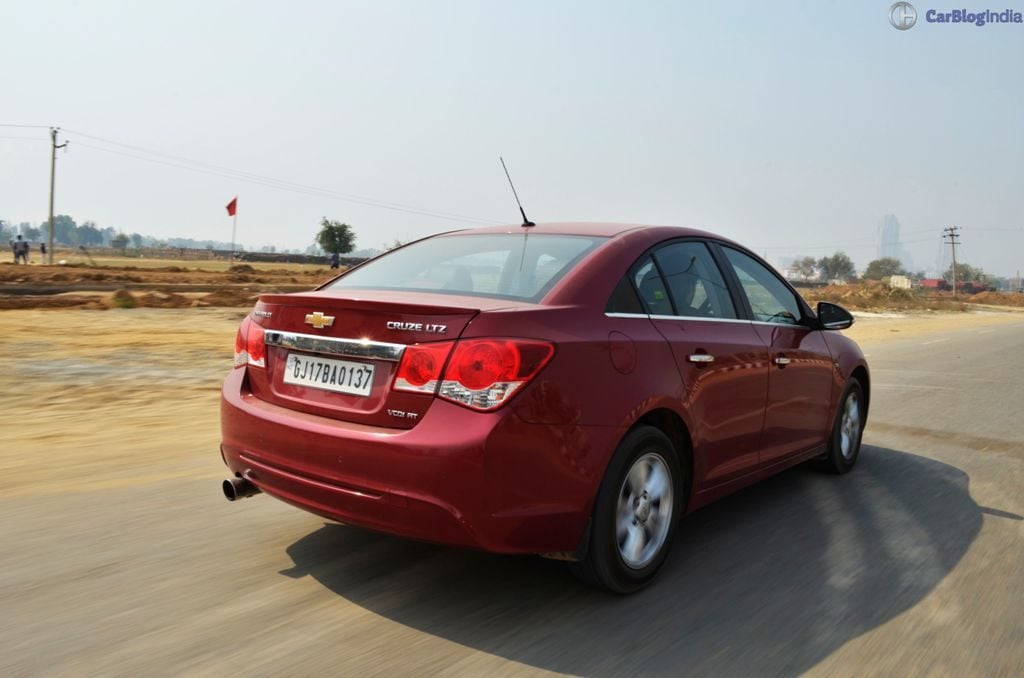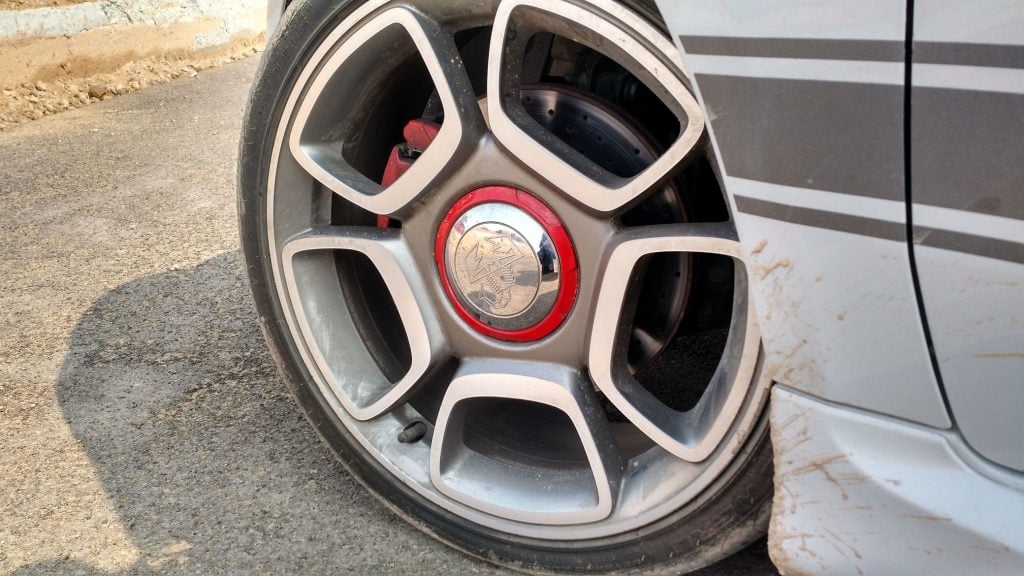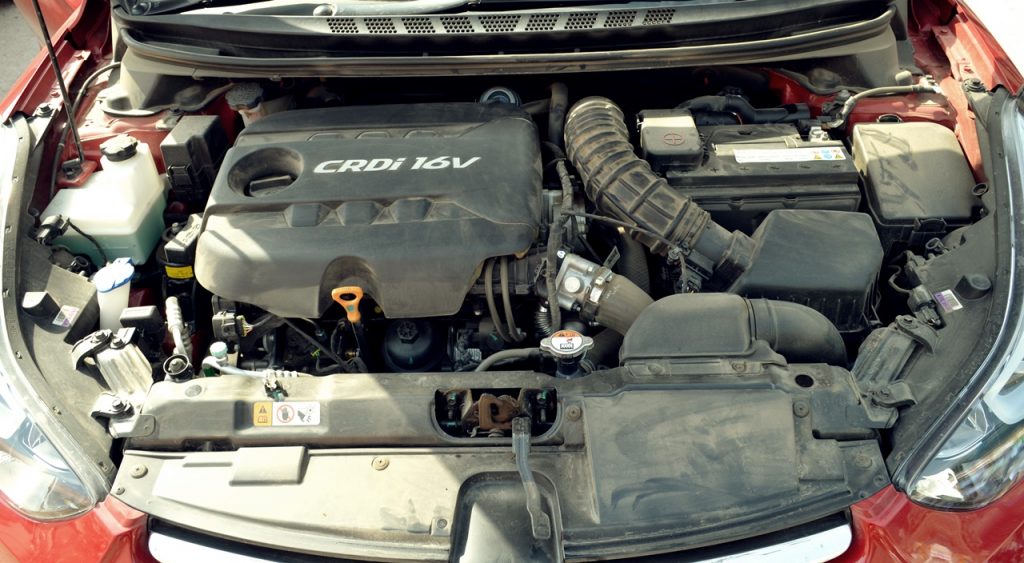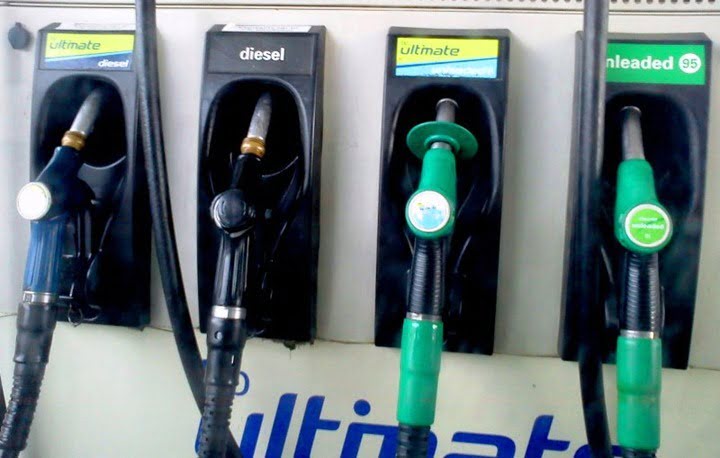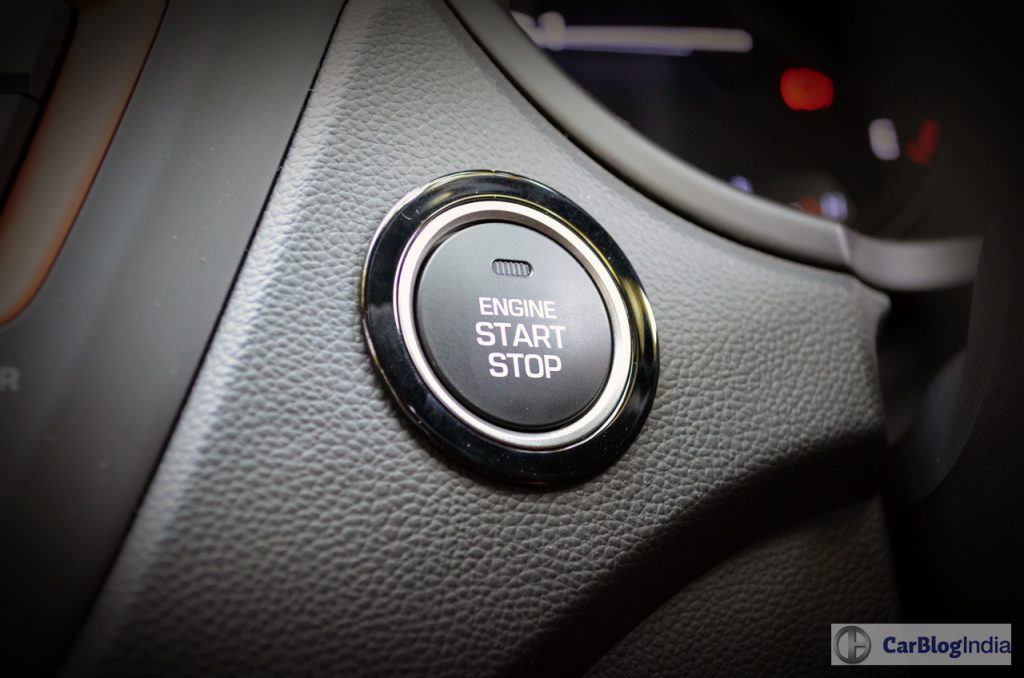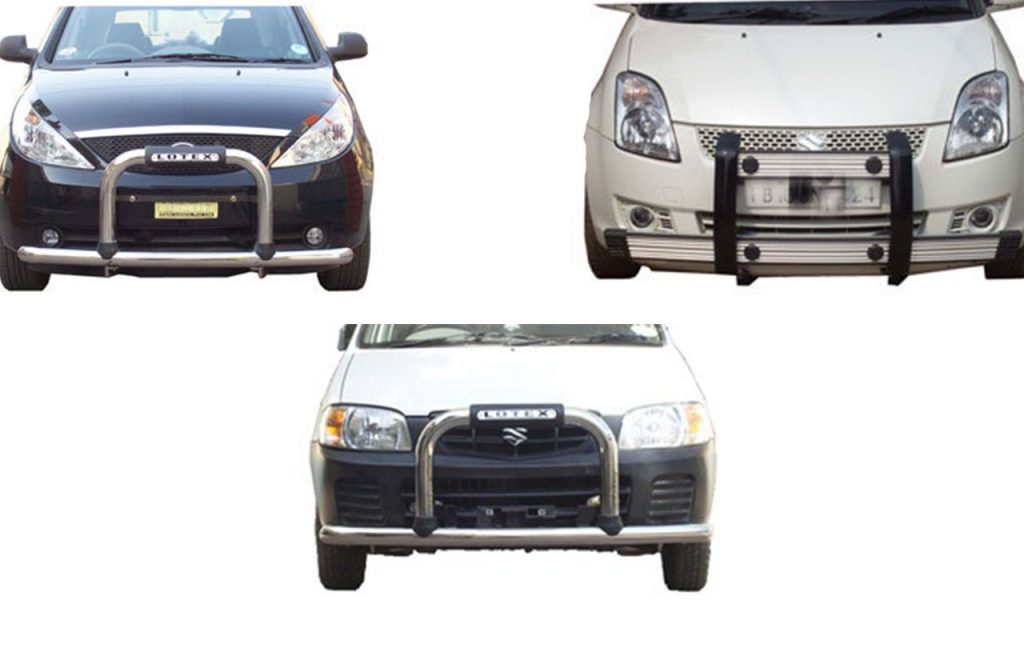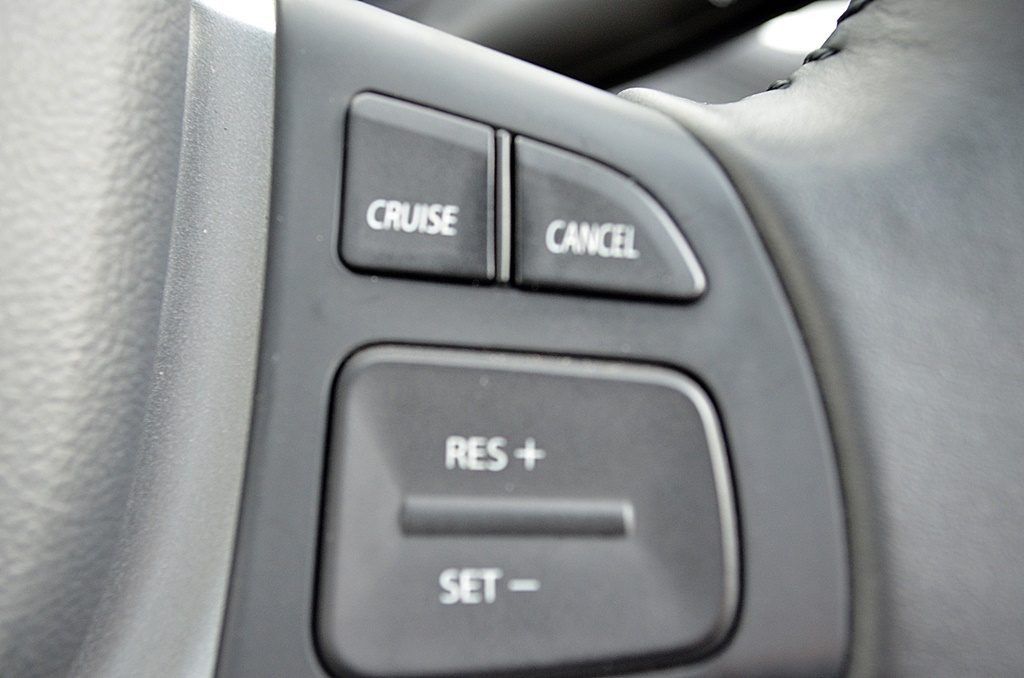Rising fuel prices and increasing driving distances are taking quite a heavy toll on car owners’ pockets. Going out and purchasing the most fuel-efficient car on the market isn’t enough, especially since all of the mileage figures claimed by manufacturers are achieved under simulated driving conditions and drawing out the same mileage in real world conditions is very difficult. Also, you can’t just go out and buy a new, more fuel efficient car because that is obviously not feasible. Thankfully, there are quite a few methods and tricks to increase the fuel economy of your vehicle which aren’t all that tough to implement. In this post here, we will tell you how to increase car mileage
How to Increase Car Mileage – 10 Easy Ways
1. Driving Style
Avoid unnecessary acceleration and braking. Heavy acceleration means the engine runs at greater rpms consuming more fuel. Accelerating with a moderate and smooth throttle will ensure relatively less fuel consumption. Also, accelerating hard and then braking would mean the energy consumed in the sudden acceleration will be wasted on hard braking. Try coasting as much as possible, especially in slow traffic and maintain a safe distance from the vehicle in front to avoid heavy acceleration and braking that will be required to keep up with it.
2. Tires
Monitor tyre pressure constantly and make sure it is at the level recommended by manufacturers. Most manufacturers recommend specific tyre pressure levels optimised for fuel efficiency. Getting it checked is easy and can be done at any petrol pump or filling station. A monthly check up is sufficient and if possible, should be carried out weekly. Fitting wider or bigger tires also affects fuel efficiency negatively as it will increase rolling resistance. Avoid such fitments and try sticking to the tire sizes recommended by the manufacturers.
3. Maintenance
Regular maintenance goes a long way in maintaining the fuel economy of your vehicle. Follow the regular servicing schedule provided by the manufacturer. Air filter and oil filter cleaning/replacement should be carried out at the manufacturer’s recommended schedule as these things can drastically affect fuel efficiency.
4. Fuel Quality
Ensure the petrol pumps frequented by you provide good quality fuel as it is directly proportional to fuel efficiency. This not a major issue in big cities, but in remote areas the significance of ensuring good quality fuel increases. Also, stick to one fuel station to avoid mixing of fuel from different suppliers. Decide on a fuel filling station that is the most convenient for you and stick to it.
5. Plan Ahead
For your daily office commute choose the best possible route. The shortest route isn’t always the most optimum as there are other factors that need to be taken into consideration such as the number of traffic lights, traffic volume, road space, etc. Try out different routes and try to get ana estimate of the distance covered, time taken and fuel consumed. Chose the preferred route accordingly. Also, when driving to a new place look it up on a map and plan out your route to avoid stopping and taking unnecessary U-turns.
6. Ignition off at Traffic Signals
If the stoppage time is more than a minute then turn off the ignition to save fuel. Most traffic signals now come with timers so it is easy to know how long you will have to stop. Most new cars come with an engine start/stop button these days which can be used to turn the car off at traffic signals. Manufacturers like Mahindra and Maruti provide start/stop systems in their vehicles that turn off the engine as soon as the car comes to a halt and the clutch is released. When it is time to move and the pedal is pressed the engine turns back on automatically.
7. Lose Weight
Remove any unnecessary items you might be carrying in your car. Some people even recommend getting rid of the spare tyre, but that is too extreme. Aftermarket fitments such as bull-bars increase weight and are unnecessary additions to the vehicle.
8. Drive in Higher Gear
Drive in the highest gear possible. This will reduce engine rpm and, as a result, fuel consumption. Short shifting and moving up to a higher gear as soon as possible is something we will recommend. Avoid red lining the tachometer as much as possible.
9. Reduce Drag
Roll up the windows as much as possible, especially when driving at higher speeds to reduce drag. Avoid fitments such as roof rails, rear spoilers, etc. as they increase drag and weight.
10. Use Cruise Control
This feature is slowly being provided in cars belonging to lower segments as well. Using cruise control helps save fuel as it ensures the vehicle moves at a constant speed. Useful especially when driving out on the highways. Using cruise control on Indian roads as there might be quite a few obstructions.
What do you say about our story on how to increase car mileage? Stay tuned to Car Blog India for more posts like the how to increase car mileage story we have here. Also let us know what you feel about our how to increase car mileage story by commenting below. Stay tuned to Car Blog India to know more on how to increase car mileage.

